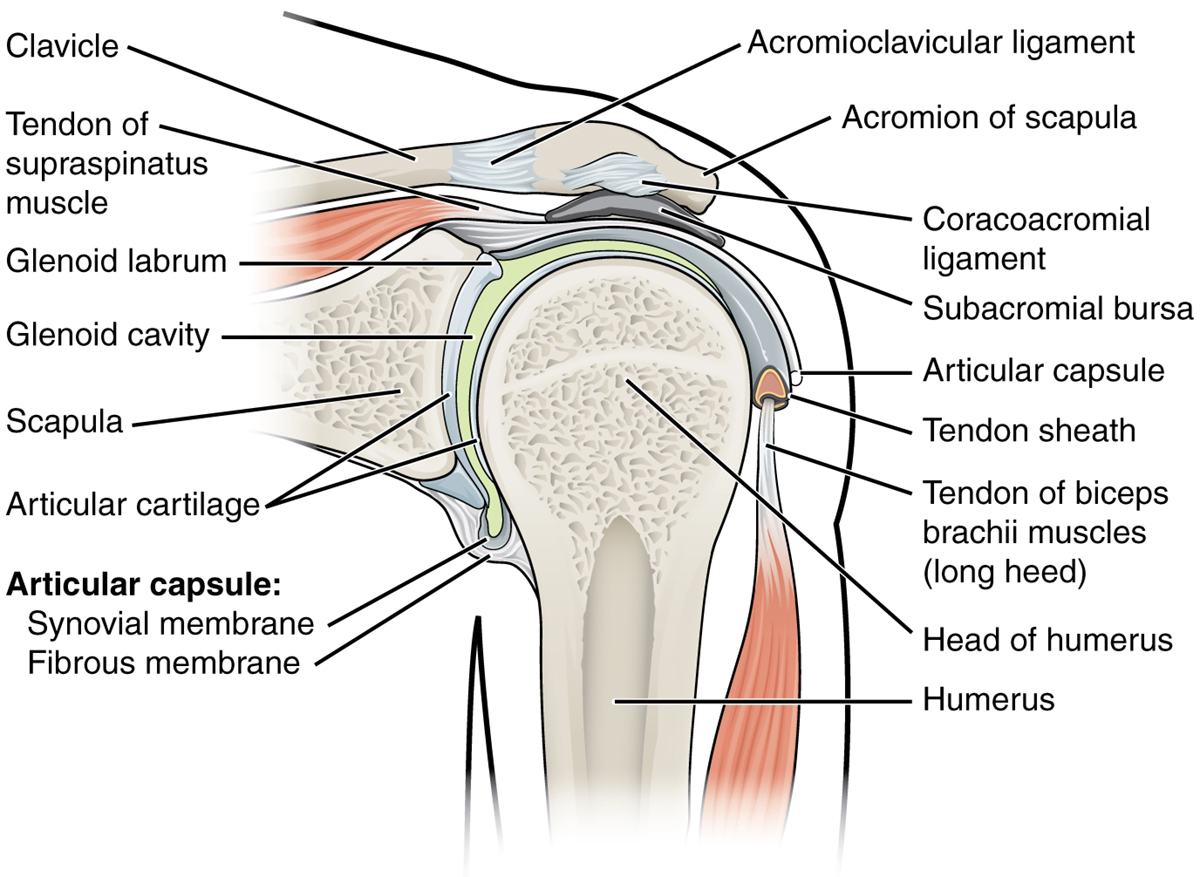
Shoulder structures and functions
The shoulder joint contains three bones and those are the collarbone, shoulder blade and the upper arm bone. The movement of the shoulder is made possible by two joints which are the acromioclavicular joint and the glenohumeral joint. The first one is located between the clavicle and the acromion, while the other one is actually the ball and socket unit which makes it possible to rotate the arm and hinge it out and up away from one’s body. All the bones contained in the shoulder are held together by various ligaments, tendons and muscles. Ligaments attach them to one another and provide them with stability. Tendons are cords of tough tissues and they are in charge of attaching the muscles to the bones. The rotator cuff is a tendon structure which is in charge of holding the ball at the top of the socket and providing the shoulder with essential strength and mobility. Bursae are in charge of providing the smooth gliding between the tendons, muscles and the bones.
Signs and diagnosis of different problems
One of the most common medical problems related to the shoulder is dislocation. It is the most commonly dislocated joint in the human body. It is commonly triggered by a backward pull on the arm. When this occurs frequently, it is medicinally referred to as shoulder instability. The shoulder can dislocate downward, backward or forward. It is described by painful sensations, muscle spasms, bruising, weakness, numbness and swelling .Diagnosis involves physical examination and X-rays. Shoulder separation occurs when the ligaments that hold the AC joint become torn so the clavicle tends to slip out of its place. Various injuries are commonly held responsible for this type of medical condition, which is usually characterized by painful sensations and tenderness. The X-ray scan is required in most cases. Another shoulder related medical problem is sternoclavicular separation. It is usually triggered by an accident and it involves the separation of the sternum from the clavicle at the sternoclavicular joint. The process of diagnosis requires X-ray and CT scans to be performed. Rotator cuff tears, impingement syndrome, bursitis and tendinitis are closely related and sometimes they accompany one another. All these conditions commonly involve inflammatory conditions of certain parts of the shoulder such as the bursa and tendons. All of them include difficulty sleeping, painful sensations and discomfort. The process of diagnosis for all these medical conditions includes X-ray and ultrasound scans. Slap lesion is when the labrum gets delaminated from glenoid and results in instability. It is characterized by trouble sleeping, weakness, and deep ache. Clinical exams combined with MRI scans are required in the process of diagnosis. Different types of fractures may also occur, mostly due to injuries and accidents. The humerus, the scapula and the clavicle may get affected by fractures. Most fractures are associated with severe pain, bruising and redness of the skin. X-rays are commonly required. Arthritis of the shoulder involves the rubbing of the bones against each other. Various possible causes include infections, inflammatory conditions, surgeries and injuries. Osteocylis of the AC joint includes the wearing of the small disk of cartilage, and it can easily be characterized by substantial amounts of painful sensations. X-ray scans and crossover arm tests often need to be performed for a proper diagnosis of this medical condition.
Dislocation requires manipulation and reduction in which the head of the humerus gets back into the joint socket. This is commonly followed by an X-ray scan and immobilization of the arm in a sling. Resting and ice packs are mandatory. Once all the painful sensations are gone, the patient needs to enter a rehabilitation program. Arthroscopic surgery may be required in some more severe cases of dislocation. Shoulder separation treatment usually involves resting a lot and wearing a sling. Ice packs may be helpful in relieving swelling and painful sensations. The treatment options for sternoclavicular separation include a sling, non steroidal anti inflammatory drugs, icing and plenty of rest. Only the severe cases of this medical condition need to be treated by a surgical intervention. Rotator cuff tears and similar conditions need to be treated with anti inflammatory medicaments and corticosteroids. Some cases may only be relieved by performing a surgery. Slap lesions are very hard to recover fully without any surgical interventions, so they remain the best treatment option. Fractures require placing the bones in their natural positions and wearing a strap and a sling. Some cases of fractures may require slight surgical interventions. Arthritis of the shoulder is commonly treated with mild analgesics and a carefully planned regime of gentle exercises. Ice or moist heat may also be of great help. Shoulder replacement surgery may be required in some cases. The treatment options are quite similar for all cases of osteolysis of the AC joint.


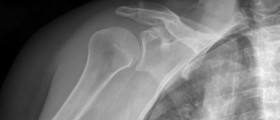
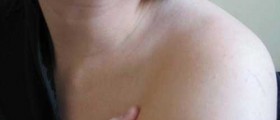
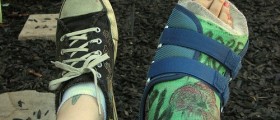
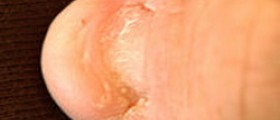
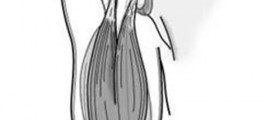
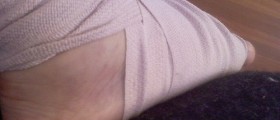
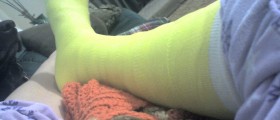
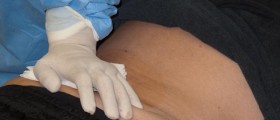
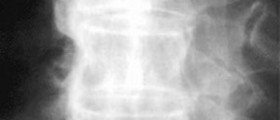
-Arthritis_f_280x120.jpg)
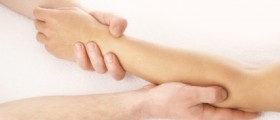
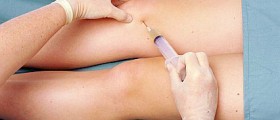
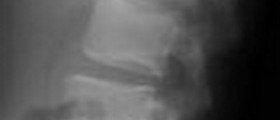

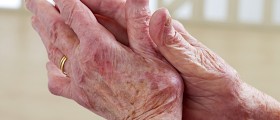
Your thoughts on this
Loading...